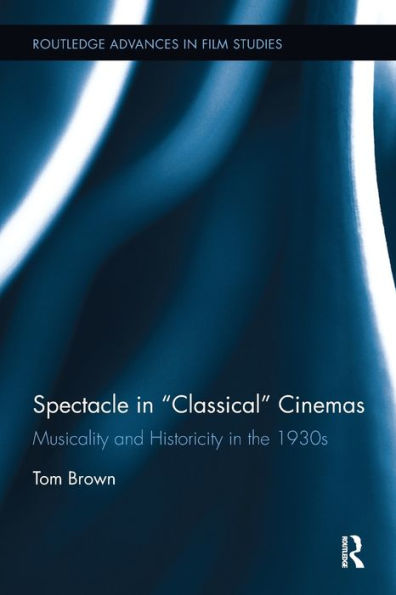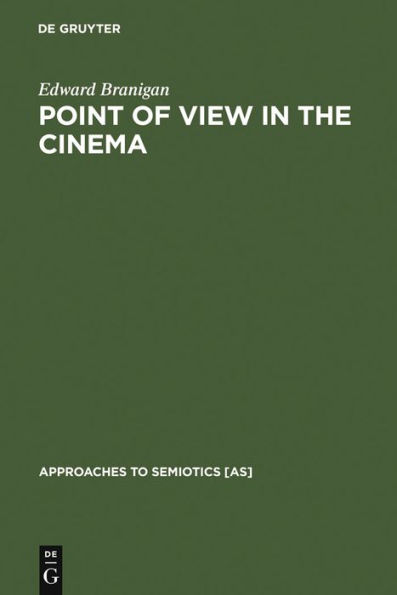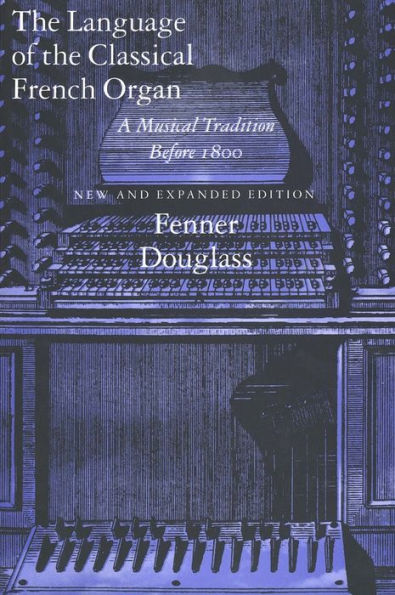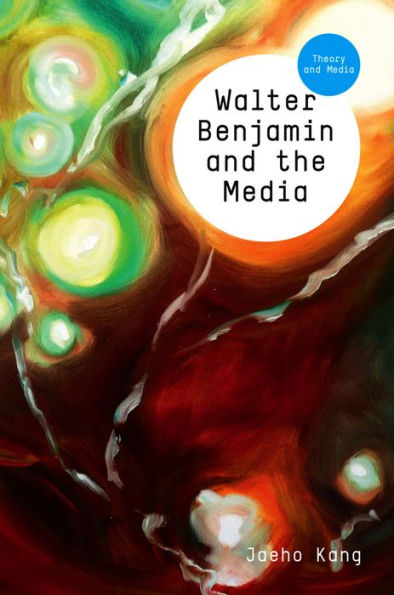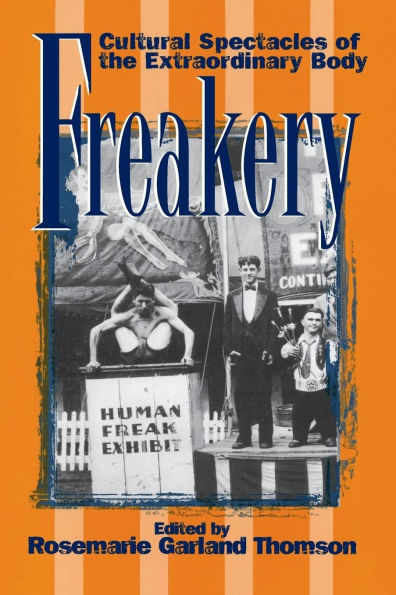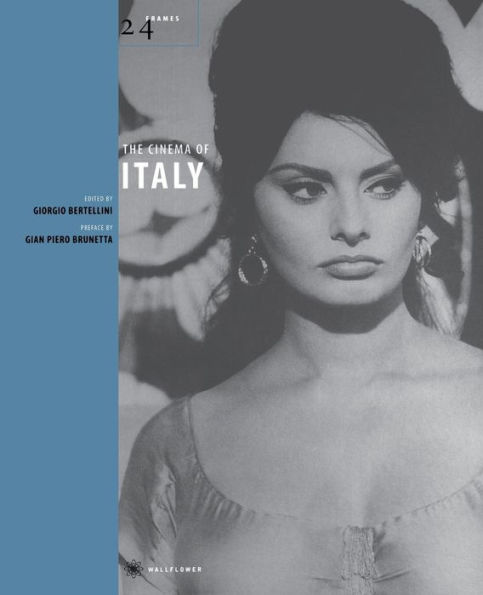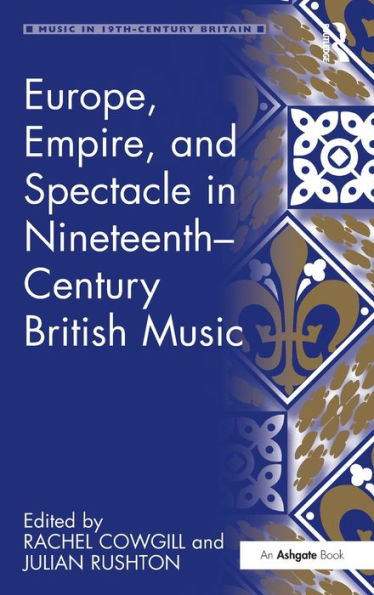Home
Spectacle in Classical Cinemas: Musicality and Historicity in the 1930s / Edition 1
Barnes and Noble
Loading Inventory...
Spectacle in Classical Cinemas: Musicality and Historicity in the 1930s / Edition 1
Current price: $210.00
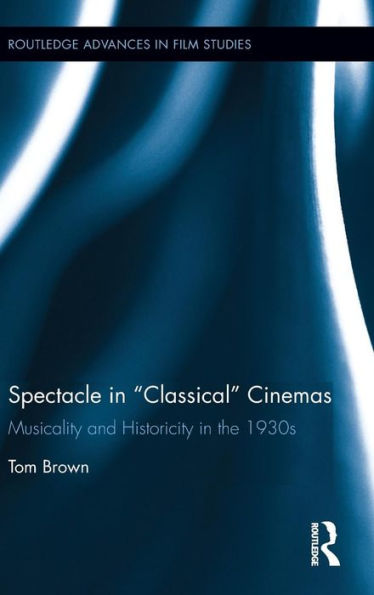
Barnes and Noble
Spectacle in Classical Cinemas: Musicality and Historicity in the 1930s / Edition 1
Current price: $210.00
Loading Inventory...
Size: OS
*Product information may vary - to confirm product availability, pricing, shipping and return information please contact Barnes and Noble
Spectacle is not often considered to be a significant part of the style of ‘classical’ cinema. Indeed, some of the most influential accounts of cinematic classicism define it virtually by the supposed absence of spectacle.
Spectacle in ‘Classical’ Cinemas: Musicality and Historicity in the 1930s
brings a fresh perspective on the role of the spectacular in classical sound cinema by focusing on one decade of cinema (the 1930s), in two ‘modes’ of filmmaking (musical and historical films), and in two national cinemas (the US and France). This not only brings to light the special rhetorical and affective possibilities offered by spectacular images but refines our understanding of what ‘classical’ cinema is and was.
Spectacle in ‘Classical’ Cinemas: Musicality and Historicity in the 1930s
brings a fresh perspective on the role of the spectacular in classical sound cinema by focusing on one decade of cinema (the 1930s), in two ‘modes’ of filmmaking (musical and historical films), and in two national cinemas (the US and France). This not only brings to light the special rhetorical and affective possibilities offered by spectacular images but refines our understanding of what ‘classical’ cinema is and was.
Spectacle is not often considered to be a significant part of the style of ‘classical’ cinema. Indeed, some of the most influential accounts of cinematic classicism define it virtually by the supposed absence of spectacle.
Spectacle in ‘Classical’ Cinemas: Musicality and Historicity in the 1930s
brings a fresh perspective on the role of the spectacular in classical sound cinema by focusing on one decade of cinema (the 1930s), in two ‘modes’ of filmmaking (musical and historical films), and in two national cinemas (the US and France). This not only brings to light the special rhetorical and affective possibilities offered by spectacular images but refines our understanding of what ‘classical’ cinema is and was.
Spectacle in ‘Classical’ Cinemas: Musicality and Historicity in the 1930s
brings a fresh perspective on the role of the spectacular in classical sound cinema by focusing on one decade of cinema (the 1930s), in two ‘modes’ of filmmaking (musical and historical films), and in two national cinemas (the US and France). This not only brings to light the special rhetorical and affective possibilities offered by spectacular images but refines our understanding of what ‘classical’ cinema is and was.
